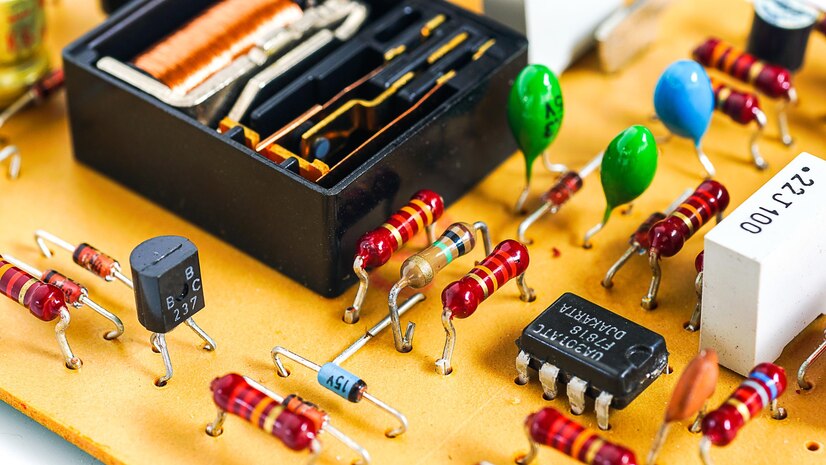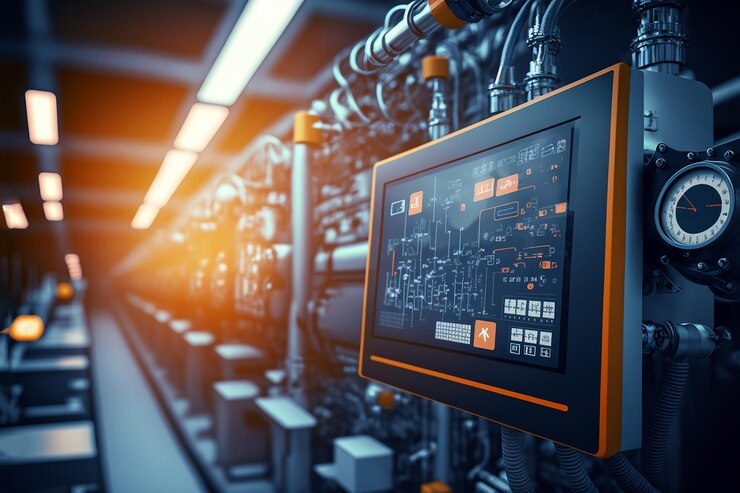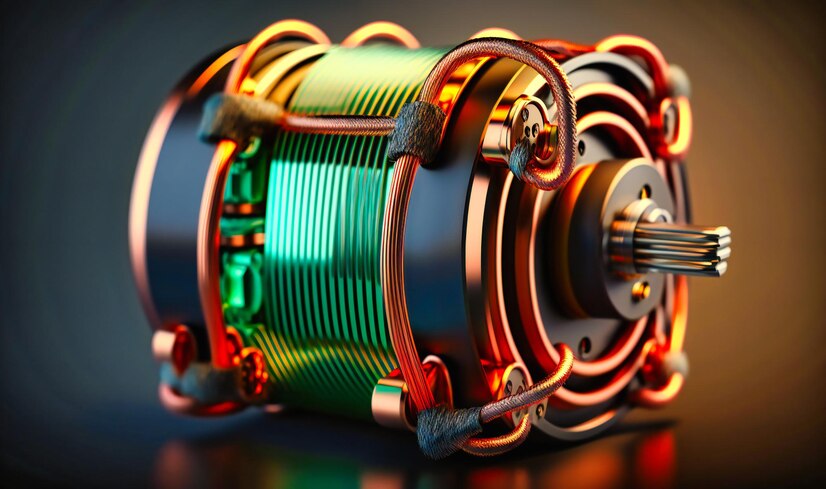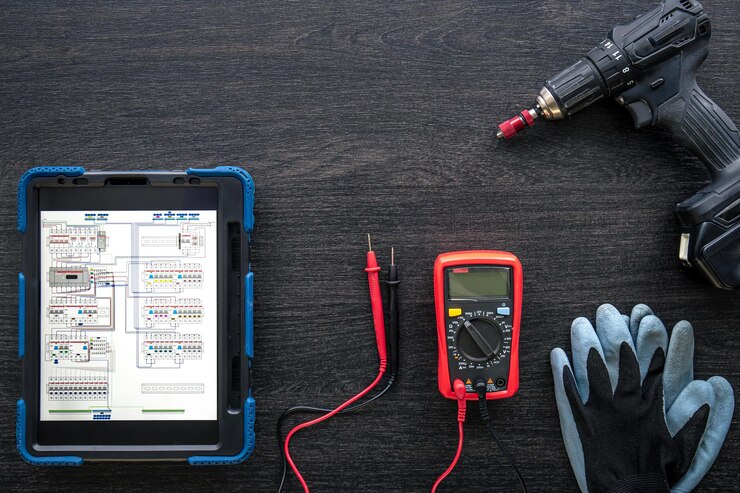Introduction
“Dry contact vs wet contact” when it comes to electrical circuits and sensors, the terms “dry contact” and “wet contact” often come into play. These concepts are crucial in various industries, from home automation to industrial automation. In this article, we’ll dive deep into dry contact vs. wet contact, exploring what they are, their use cases, and the key differences between them. By the time you’re done, you’ll know exactly when to pick one over the other.
Understanding Dry Contact
What Is Dry Contact?
Dry contact, also known as a “dry contact closure,” refers to a simple electrical switch that does not involve any voltage or current on its own. It’s essentially a switch that connects two conductive elements without providing any power. In other words, it’s a contact that remains “dry” in terms of electrical charge.
Use Cases of Dry Contacts
Dry contacts find applications in various scenarios:
- Security Systems: In alarm systems, dry contacts are often used to connect door/window sensors, motion detectors, and panic buttons. When these sensors are triggered, they create a dry contact to indicate an alarm event.
- Home Automation: Smart home enthusiasts often use dry contacts to integrate their devices. For example, a dry contact can be used to connect a smart thermostat to a heating system.
- Industrial Control: In industrial automation, dry contacts are used to control motors, pumps, and other equipment. They are ideal for situations where you want to separate the control circuit from the power circuit.
Understanding Wet Contact
What Is Wet Contact?

In contrast to dry contact, a wet contact involves voltage and current. It’s a contact that is “wet” with electrical charge. When a wet contact is closed, it allows the flow of electrical current. Typically, wet contacts are used for power delivery and control.
Use Cases of Wet Contacts
Wet contacts are commonly employed in the following scenarios:
- Relay Switching: In relay circuits, wet contacts are used to control high-power devices. For example, a wet contact can control the operation of a large electric motor in an industrial setting.
- Lighting Control: In residential and commercial lighting systems, wet contacts are used to switch lights on and off. This ensures that the lights receive power when needed.
- Electrical Distribution: Wet contacts are essential in electrical distribution panels, where they are used to isolate and control electrical circuits. They play a vital role in preventing electrical overloads.
Dry Contact vs. Wet Contact
Key Differences
Now that we understand what dry and wet contacts are, let’s explore the key differences between them:
- Electrical Charge: The most significant difference is that dry contacts have no electrical charge, while wet contacts carry voltage and current.
- Applications: Dry contacts are typically used for low-power signaling and control, while wet contacts are used for high-power applications.
- Isolation: Dry contacts provide electrical isolation between the components they connect, making them ideal for separating control and power circuits. Wet contacts do not provide this level of isolation.
Advantages and Disadvantages
Dry Contact Advantages:
- Safety: Dry contacts are safer for low-voltage applications, as there is no risk of electrical shock.
- Isolation: They provide excellent electrical isolation, reducing the risk of interference.
- Compatibility: Dry contacts can be easily integrated into various systems and devices.
Dry Contact Disadvantages:
- Limited Power: They are not suitable for high-power applications due to their inability to carry current.
Wet Contact Advantages:
- High Power Handling: Wet contacts are capable of handling high currents, making them suitable for powering heavy machinery.
- Direct Control: They provide direct power delivery and control.
Wet Contact Disadvantages:
- Safety Risk: Wet contacts can be dangerous in certain situations, as they carry electrical current.
When to Choose Dry Contact
Dry contacts are the preferred choice in the following practical scenarios:
- Security Systems: When setting up sensors in a security system, dry contacts are a safer choice for connecting door/window sensors and motion detectors.
- Smart Home Integration: If you want to integrate your smart home devices, dry contacts are ideal for connecting different components without worrying about electrical compatibility.
When to Choose Wet Contact
Wet contacts should be chosen in the following practical scenarios:
- High-Power Equipment: When dealing with high-power machinery and equipment, such as industrial motors and pumps, wet contacts are necessary to handle the current.
- Direct Power Control: In applications where you need direct control and power delivery, such as lighting systems and electrical distribution panels, wet contacts are the right choice.
Conclusion
In summary, the choice between dry contact and wet contact depends on your specific application and the level of electrical charge you need. Dry contacts are excellent for low-power signaling and control, offering safety and isolation. On the other hand, wet contacts are essential for high-power applications, providing the capability to handle significant currents. Understanding the differences between these two types of contacts is essential for making informed decisions in various electrical and automation scenarios. visit us for more information











